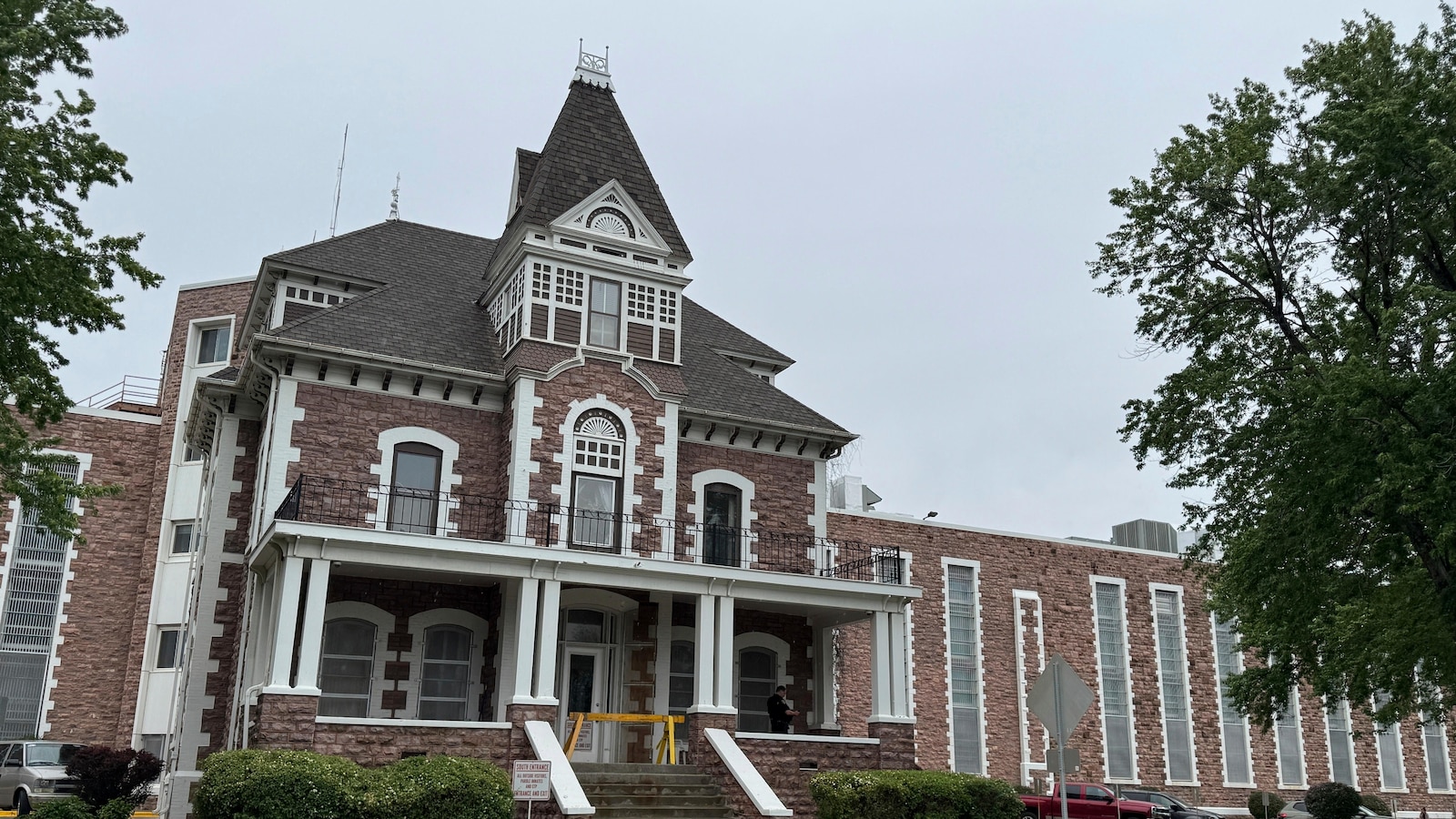South Dakota is on track to spend $2 billion on prisons in the next decade
South Dakota is on track to spend $2 billion on prisons in the next decade

South Dakota is on a path to invest $2 billion into its corrections facilities in the next decade as a result of its stringent crime laws
Read the full article on ABC US
Truth Analysis
Analysis Summary:
The article's primary claim that South Dakota is on track to spend $2 billion on prisons in the next decade is supported by multiple sources. However, the article attributes this to "stringent crime laws," which introduces a potential bias by implying a causal relationship without providing evidence. The claim about the $600 million fund for the penitentiary is also supported.
Detailed Analysis:
- Claim:** South Dakota is on a path to invest $2 billion into its corrections facilities in the next decade.
- Verification Source #1: Supports this claim.
- Verification Source #2: Supports this claim.
- Verification Source #3: Supports this claim.
- Verification Source #4: Supports this claim.
- Verification Source #5: Supports this claim.
- Claim:** ...as a result of its stringent crime laws.
- This claim is not directly verifiable from the provided sources. While the sources confirm the $2 billion investment, they do not explicitly link it to "stringent crime laws." This is an interpretation or potential causal link suggested by the article.
- Claim:** State lawmakers have set aside a $600 million fund to replace the overcrowded 144-year-old South Dakota State Penitentiary in Sioux.
- Verification Source #1: Supports this claim.
Supporting Evidence/Contradictions:
- The $2 billion investment claim is consistently supported across all provided sources (Verification Source #1, #2, #3, #4, #5).
- Verification Source #1 supports the claim about the $600 million fund for the penitentiary.
- No source directly contradicts any of the claims.
- The claim linking the investment to "stringent crime laws" is not directly supported or contradicted by the provided sources. This introduces a potential bias as it suggests a cause-and-effect relationship without explicit evidence.

